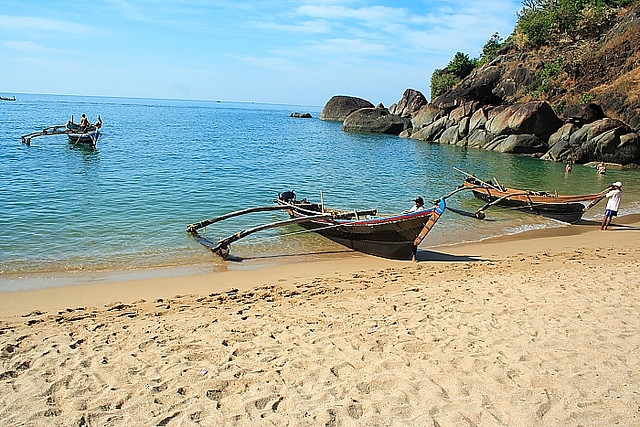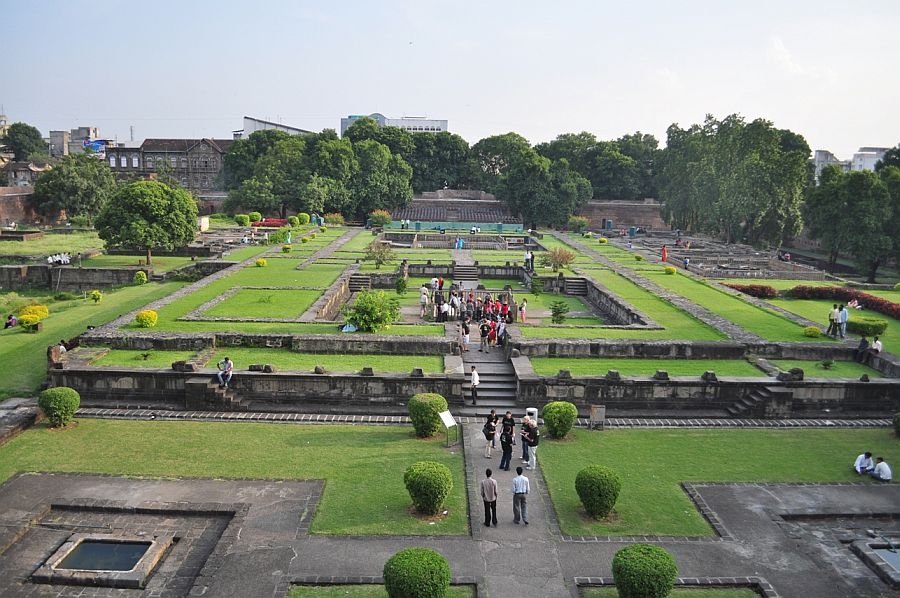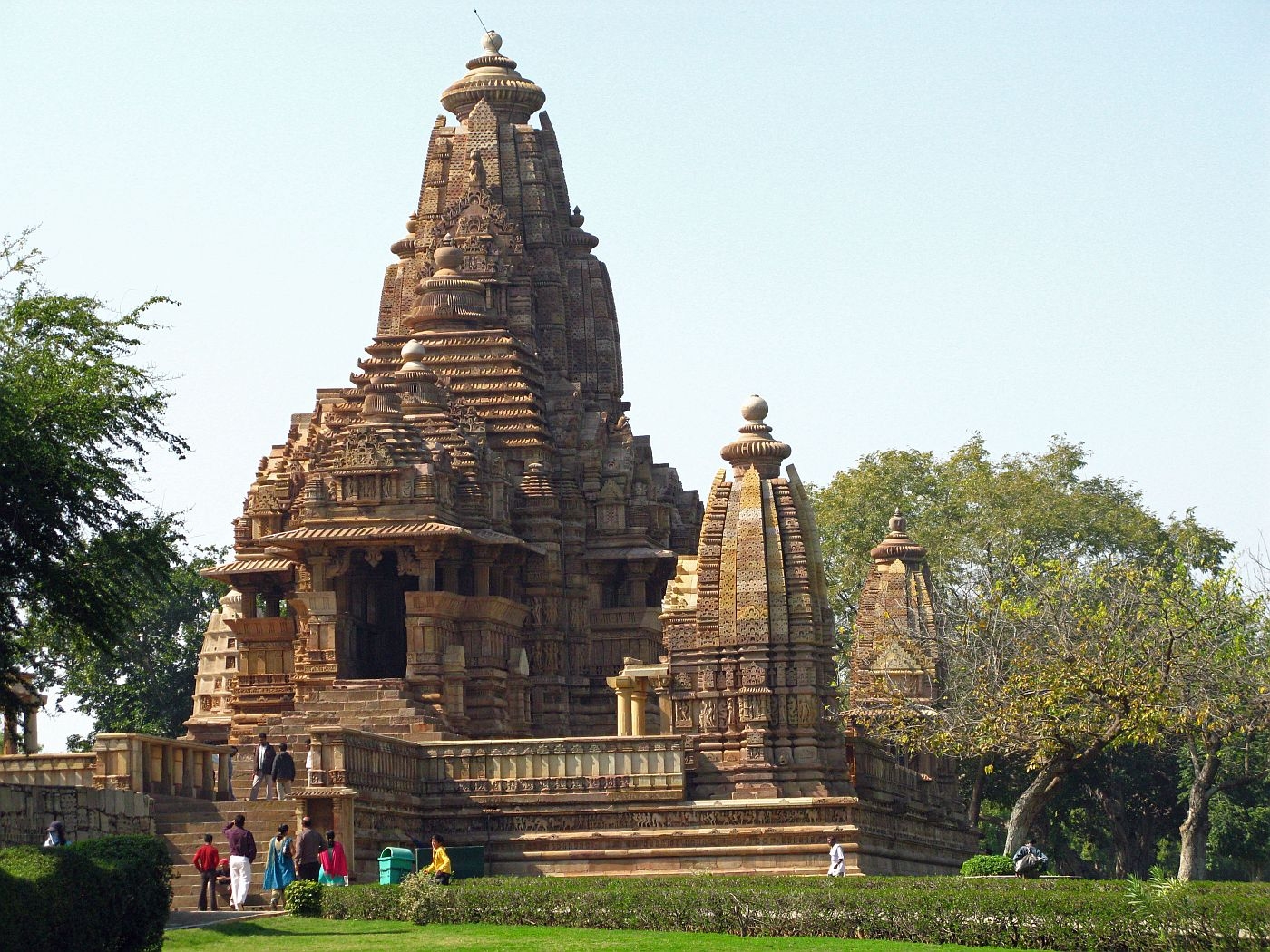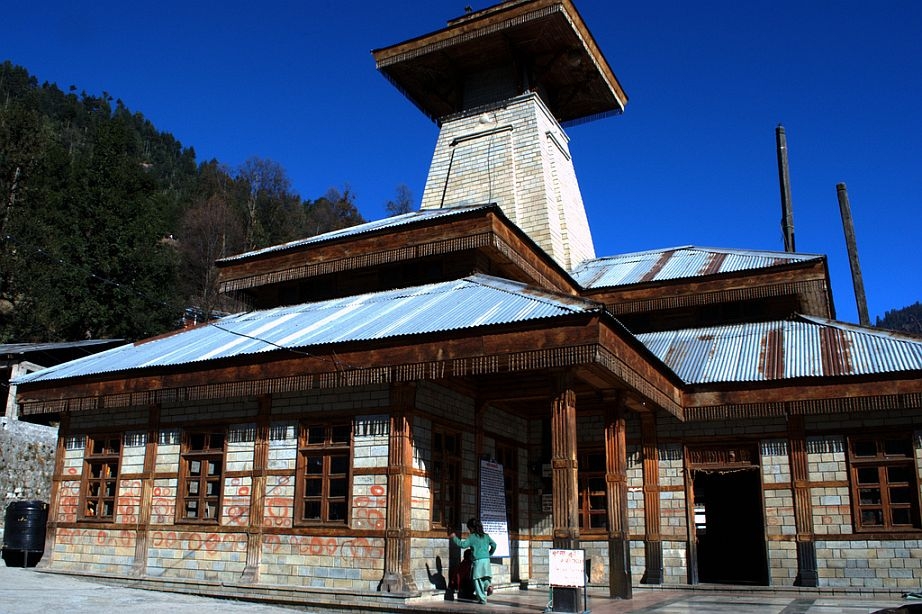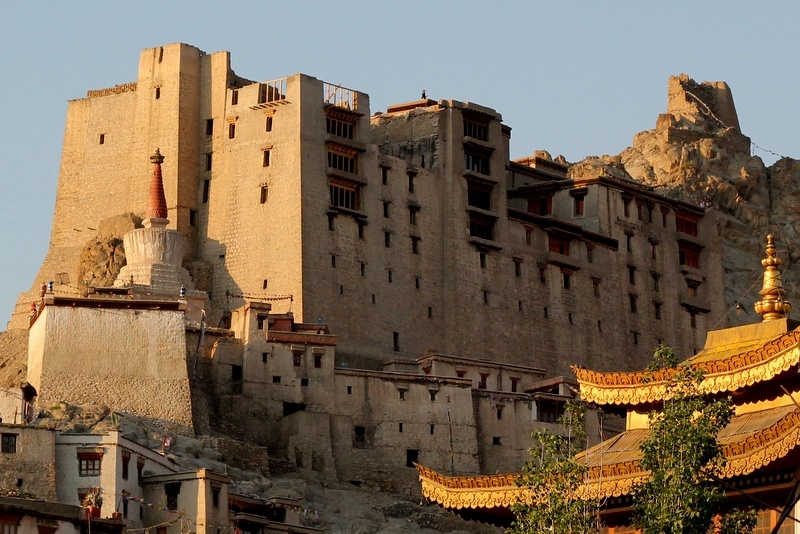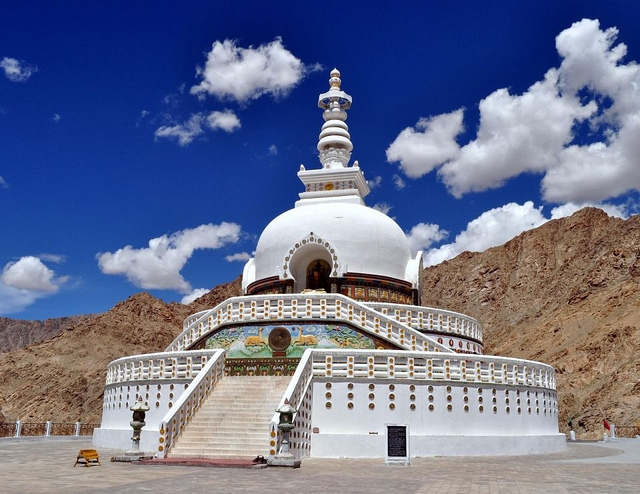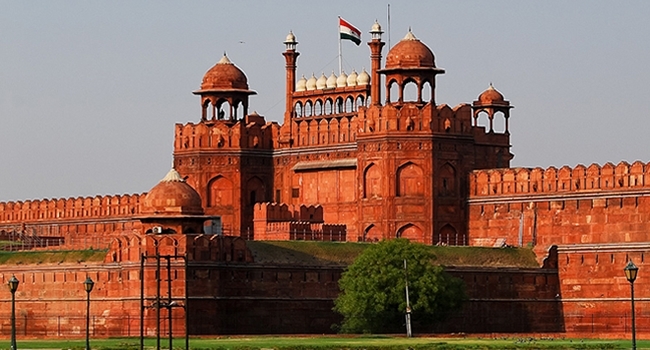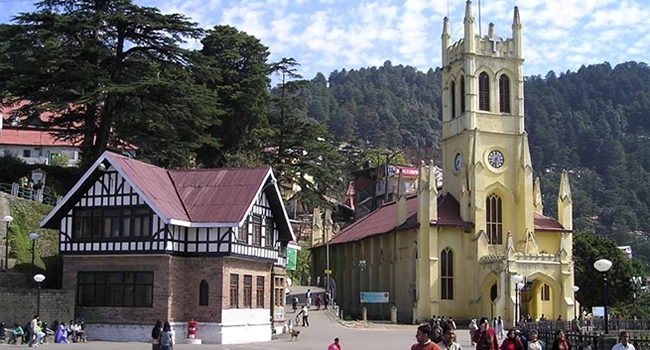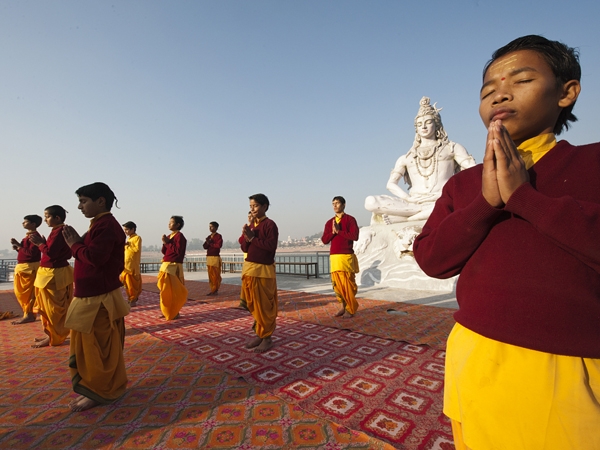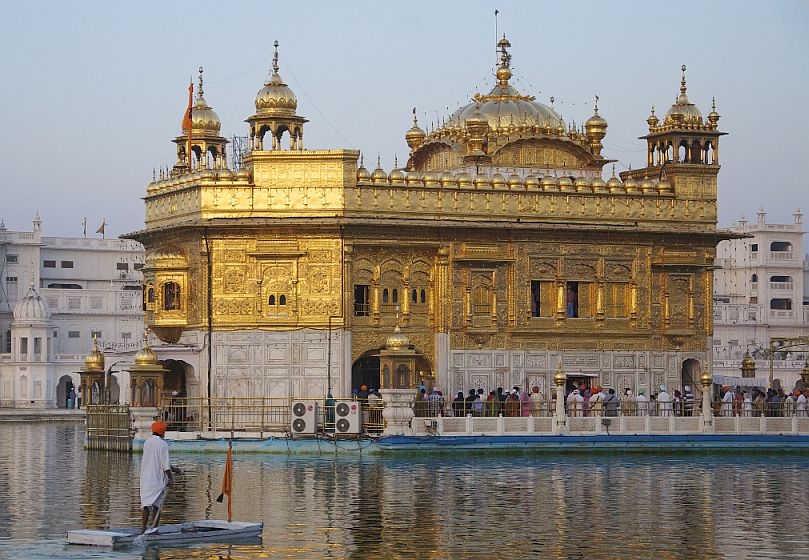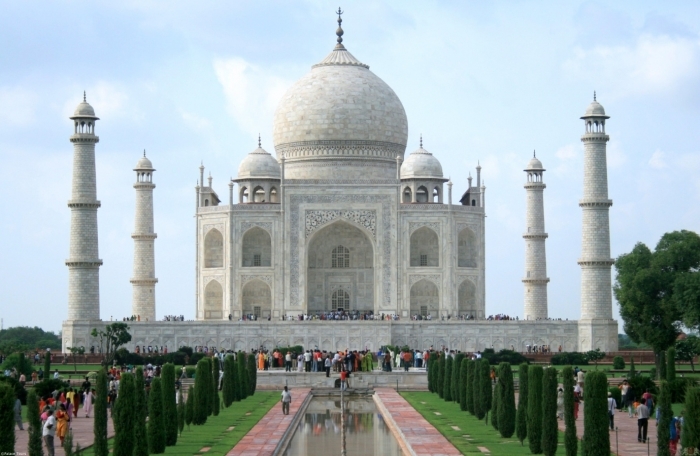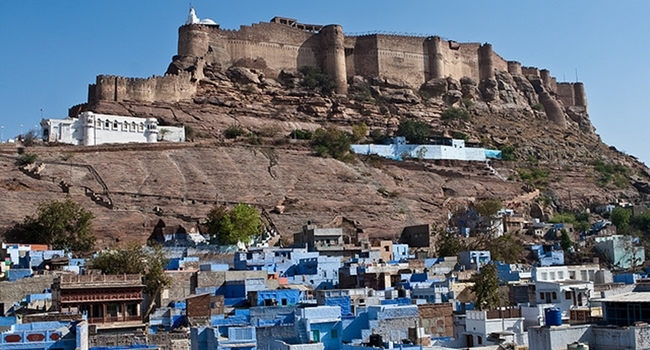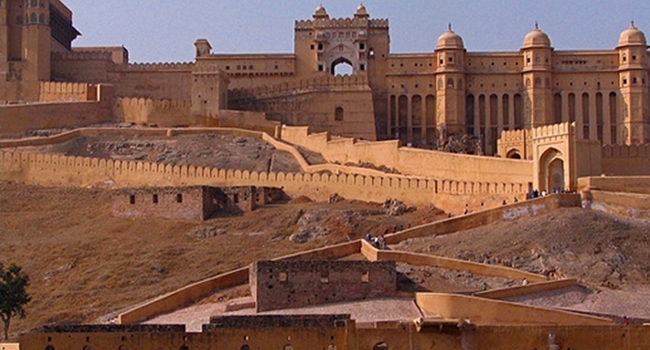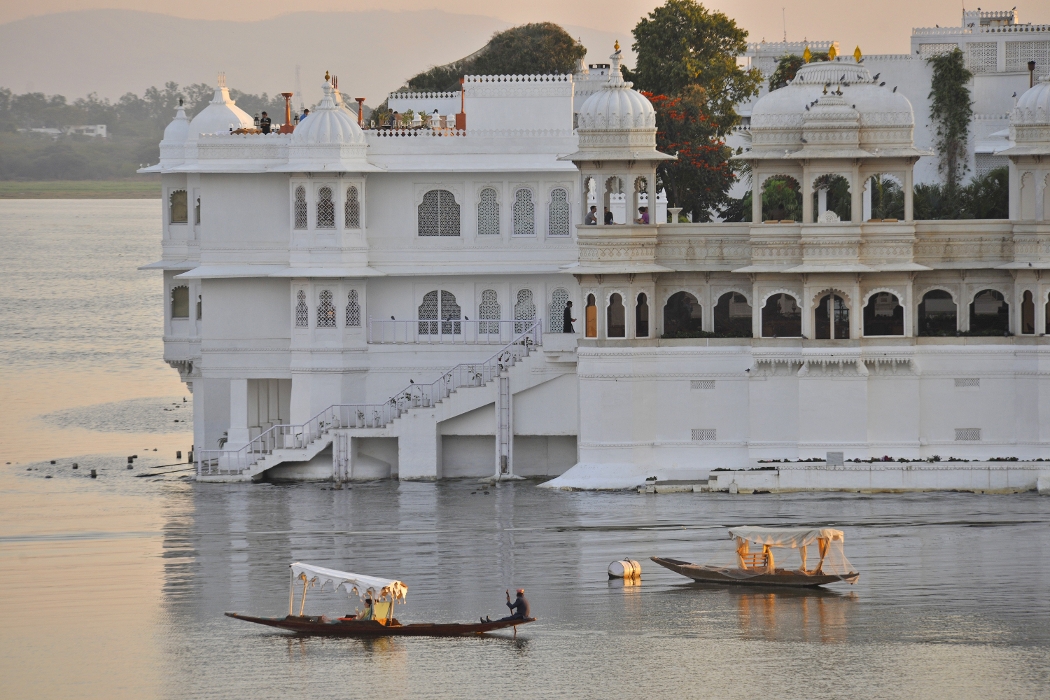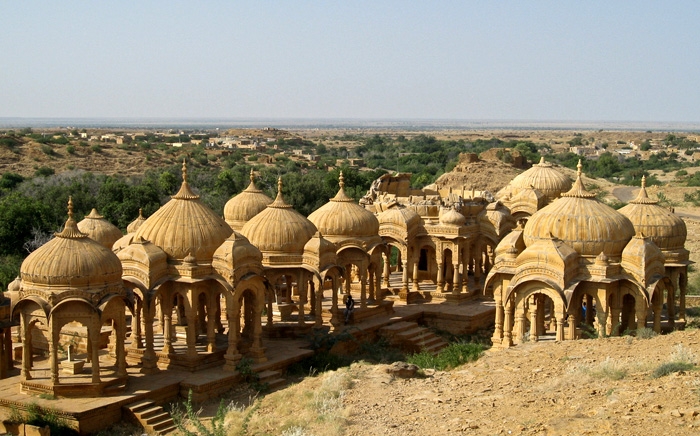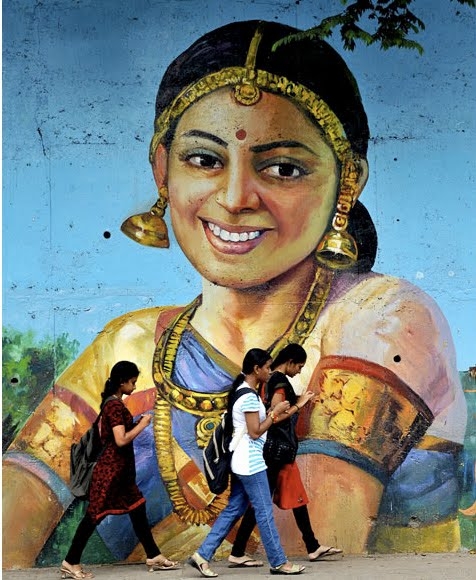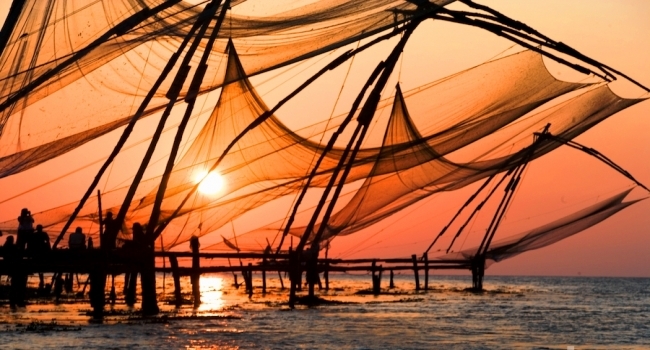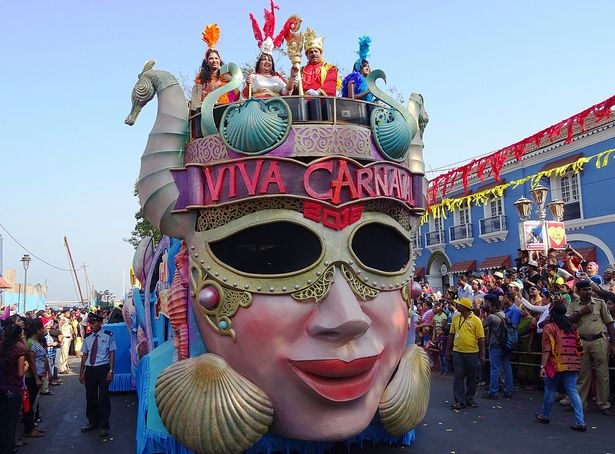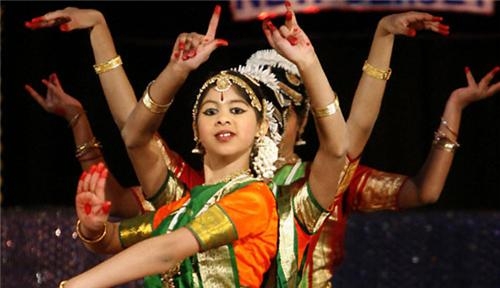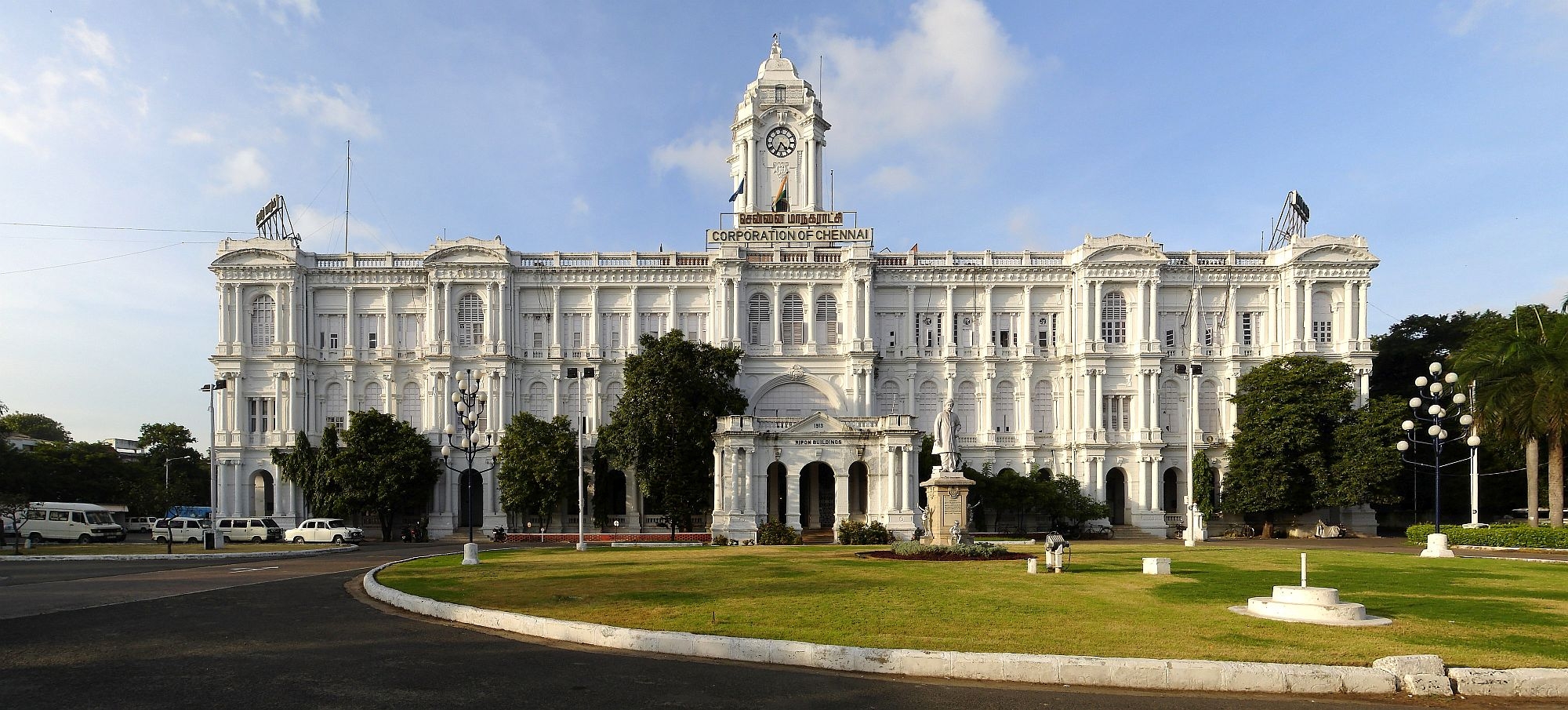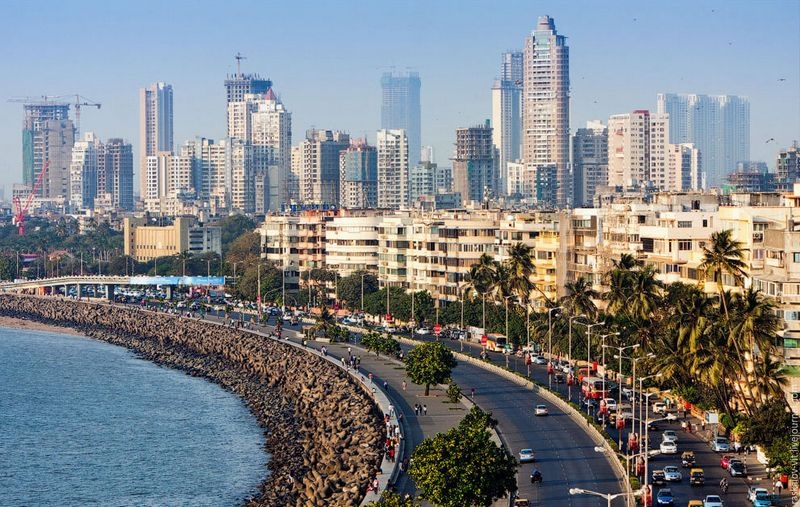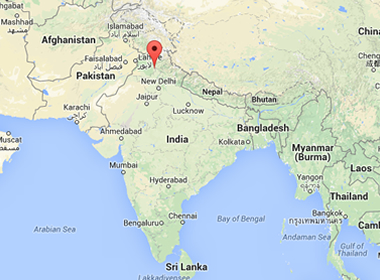
The first metro network in India started operating in Kolkata in 1984. Currently, metro operates in 7 cities: Bengaluru, Chennai, Delhi, Gurgaon, Jaipur, Kolkata and Mumbai. More are under construction or in planning: Hyderabad, Kochi, Lucknow, etc.
Metro stations are equipped with metal detectors and x-ray scanners. Everybody entering the stations must go through an airport type scanner and their bags are also scanned. There are separate security queues for males and females. No photography rule is strictly enforced in the stations and platforms. Smoking, drinking and eating is not allowed inside trains.
Namma Metro in Bengaluru was opened in 2011. It is the first metro in India to introduce Wi-Fi on board trains. The metro services operate from 6am till 10pm with a frequency of about 10 to 15 min. Customer care desks are located at each station. Casual travelers can purchase a single journey ticket called Token. Tokens should be purchased only at the entry station and are valid for a period of 30 minutes after the sale of time. Frequent travelers have an option of Contactless Smart Cards, Namma Metro Travel Cards, etc. For more information please see Namma Metro.
Chennai Metro was opened on 29 June 2015. The metro rail has been designed to connect Chennai Airport, Chennai Central railway station, Egmore Station, CMBT and MRTS. Currently the Chennai Metro network comprises one line, connecting Koyambedu and Alandur metro stations. The metro serves 7 metro stations operating on a total route length of 10.1 kilometres (6.38 mi). The trains run from 06:00am to 21:40pm at 10 minute intervals. For more information please see Chennai Metro.
Delhi Metro is India’s first modern rapid transit system opened in 2002. The trains operate both underground and above the ground with a running time from 6am until 11pm. The frequency of the trains is around 3 to 12 min. Delhi Metro has an automated ticketing system. The tickets Token or cards can be purchased from ticket counters at stations. Special Tourist Cards are available for unlimited travel over short periods. Every train has a Ladies Only coach at one end, which is clearly marked on the platform. Delhi Metro has a special Airport Metro Express line connecting Delhi Indira Gandhi International Airport to New Delhi. For more information please see Delhi Metro.
Gurgaon Metro is linked with the Delhi Metro system's Yellow Line at Sikandarpur. Passengers can use Delhi Metro Tokens and Smart Cards. The system is India's first fully privately financed metro. The trains run from 06:35am to 12:20am at 4 minute intervals. There are 6 stations and the total length is 5.1 km (3.2 mi). For more information please visit Gurgaon Metro.
Jaipur Metro was opened on 3 June 2015. Jaipur Metro is the first metro in India to run on Double-storey elevated road and Metro track. Currently the Jaipur Metro network comprises one line, serving 9 metro stations and operating on a total route length of 9.63 kilometres (5.98 mi). For more information please see Jaipur Metro.
Kolkata Metro is India’s Oldest Metro Railway and the first in country to built an operational underground railway. It is a one-line route connecting the North and South of the city. The metro services operate from 6:45am to 9:45pm (on Sundays the running time is shorter) with a frequency of about 6 to 15 min. There are different cards for tourists. For more information please see Kolkata Metro.
Kolkata is also the only town in India to have tramways. The network includes 21 Tram Routes and is one of the means of travelling between a few places within the city. It is the oldest surviving electric tram network of Asia.
Mumbai Metro was opened in 2014, the overall completion expected in 2021. Currently 1 line of 11.4 km (7.1 mi) and 12 stations are operational. It is planned to have the largest number of underground stations (93) in any metro system in India with the total length of 160.9 km (100 mi). For more information please see Mumbai Metro.
Suburbain rail often referred to as local trains play an important role in the public transport system in India’s bigest cities (Kolkata, Mumbai, Chennai, etc). Suburban rail operates between a central business district and suburbs that draw large numbers of people on a daily basis. Mumbai Suburban Railway began its services in 1867 and is believed to have the highest passenger density in the world. The trains usually have nine or twelve coaches and sometimes even fifteen to handle rush hour traffic. The trains operate on the same lines with other passenger and freight lines.
Most Popular Destinations |










